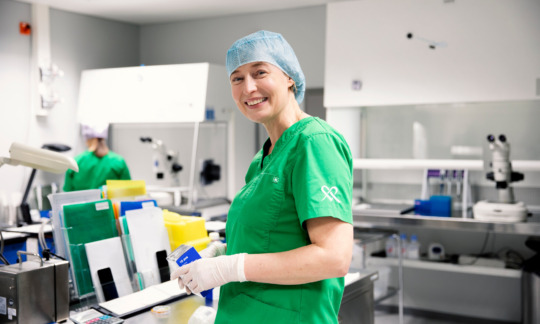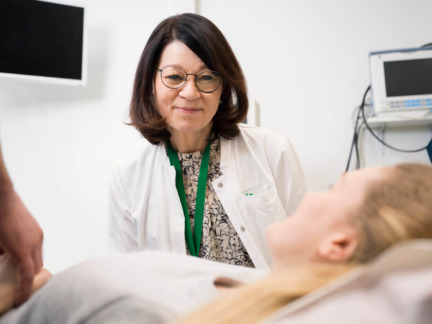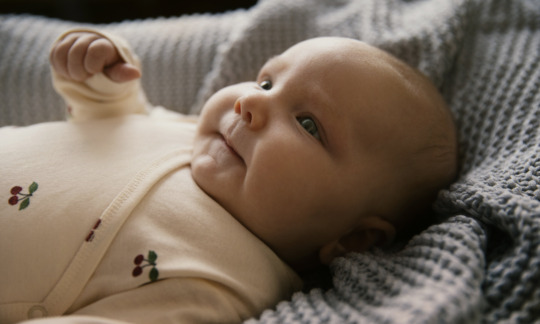Intrauterine insemination (IUI)
Insemination is used especially in the case of mild sperm production disorders or if there are no clear reasons for infertility.
Intrauterine insemination
In intrauterine insemination, the sperm are washed and inserted into the uterine cavity. Insemination is used if donated sperm are needed, in the case of mild sperm production disorders or if there are no clear reasons for infertility.
What happens in intrauterine insemination?
In insemination, highly motile sperm are separated from the semen by a special washing procedure and injected into the uterine cavity during ovulation. Insemination can be done in a natural menstrual cycle or together with ovulation induction treatment. Insemination is done as close to the time of ovulation as possible. The fertilisation occurs in the woman’s body.
Approximately 10–15% of inseminations result in the fertilisation of an egg and the onset of pregnancy. Most pregnancies begin after 3–4 treatments.
Insemination with donor sperm
Donor sperm can be used in the insemination treatment if own gametes cannot be used, the male partner does not produce sperm or their sperm cannot be used due to weak quality or the risk of hereditary diseases. Donor sperm is also used for the treatment of female couples and single women.
You can choose the donor sperm from Felicitas Mehiläinen’s own sperm bank or a foreign sperm bank.
The Felicitas Mehiläinen fertility counselling service provides information on the treatment, its preconditions and the legal status of the child and the other parties involved.
You can book a free appointment with a Felicitas Mehiläinen infertility nurse if you want to learn what factors may affect your fertility or when you should have more in-depth infertility examinations.


